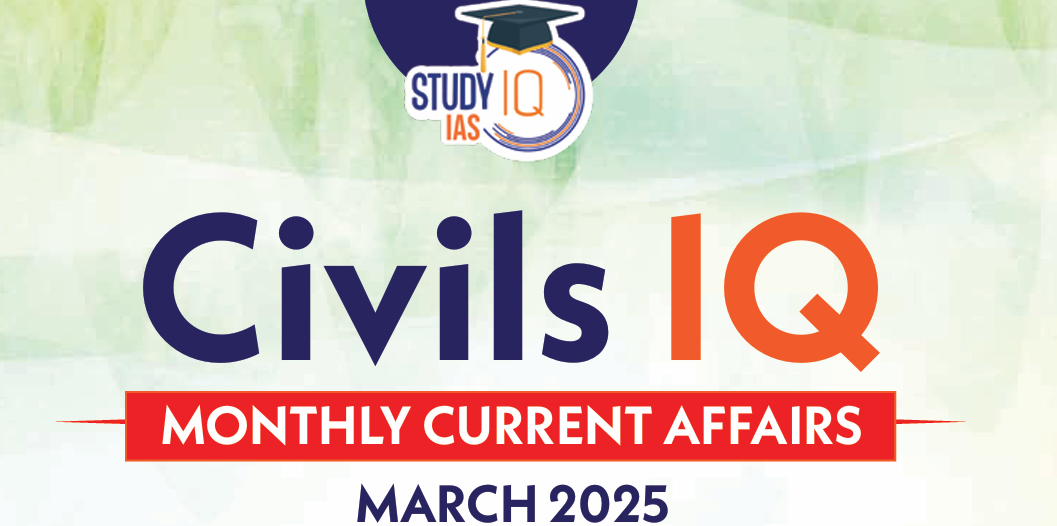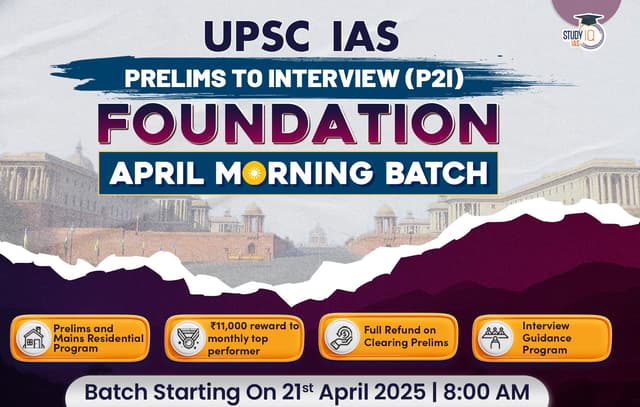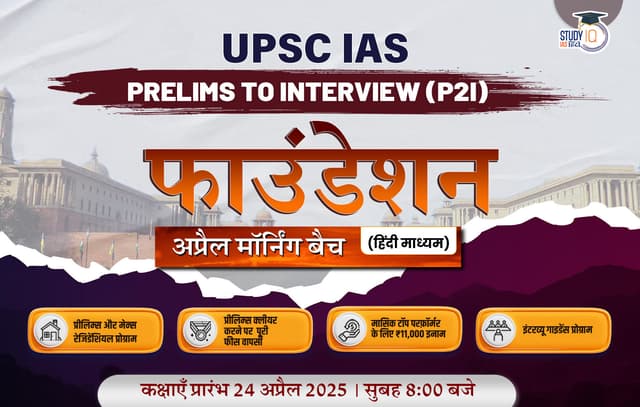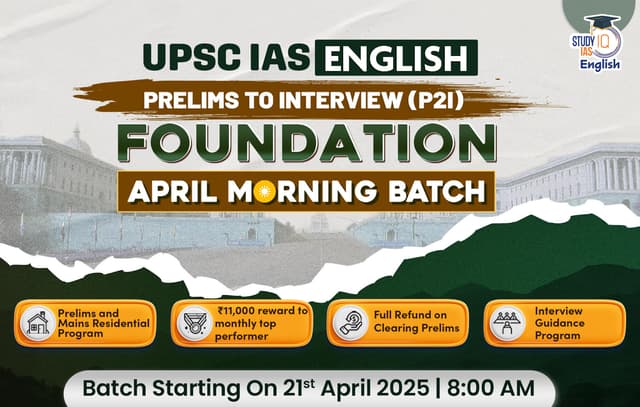Table of Contents
Context: Recently, Iran’s Foreign Minister Abbas Araghchi and US Special Envoy Steve Witkoff held indirect talks in Muscat (Oman).
US-Iran Nuclear Talks: Why Is Iran Willing to Talk Now?
Generational Shift in Iran
- The average Iranian is 32 years old. Younger generations have not experienced the 1979 Islamic Revolution, the Iran-Iraq War, or the 1989 leadership transition.
- They are more concerned about jobs and the economy than ideology.
Economic Pressure
- Iran is facing double-digit inflation and high unemployment.
- Eg. Iran’s currency Rial has depreciated to an all-time low of over 1 million rials per US dollar.
- The government sees foreign investment as necessary for survival.
- Eg. In August 2024, President Masoud Pezeshkian said Iran needs $100 billion in foreign investment.
Shift in Domestic Politics
- Reformists are pushing for a deal to get sanctions relief.
- Conservatives, despite their majority in Parliament, are not obstructing negotiations.
- For example, Supreme Leader Khamenei (85 years old) is seen as open to deals that would maintain regime stability.
Shifting Geopolitics
- Weakened ‘Axis of Resistance’:
- Iran’s regional influence via its “Axis of Resistance” (Hezbollah, Houthis, etc.) is weakened.
- Changing Arab Views:
- Countries like Saudi Arabia, which earlier opposed the 2015 deal, now support a negotiated solution and economic engagement with Iran.
- Russia’s Changing Stance:
- Russia, although it supported Tehran’s nuclear stance post-Ukraine war, is now reiterating support for a deal.
The Iran-Trump Equation: From Hostility to Pragmatism
History of Talks
- Iran has negotiated with the E3 (France, Germany, UK) since 2003 and with the US since 2013.
- These talks often happen while the US increases military threats to gain leverage.
Impact of Trump’s 2018 Withdrawal
- Trump pulled out of the 2015 JCPOA nuclear deal.
- Iran responded with:
- Greater uranium enrichment (up to 60%)
- A “no war, no talks” stance was announced by Khamenei in 2018.
- Iran’s distrust of the US intensified after the assassination of Gen. Qassem Soleimani in Jan 2020.
- Despite this, Iran didn’t fully abandon diplomacy, keeping room open for talks.
| Joint Comprehensive Plan of Action (JCPOA) – 2015 |
|
Strategic Patience
- Iran avoided formally rejoining the JCPOA under Biden (2021–22 Vienna talks).
- This approach has allowed it to negotiate a new deal under Trump, giving him a chance to claim success.
What’s Likely Next?
Shared Goals
- US wants: Iran’s nuclear disarmament.
- Iran wants: Sanctions relief and economic engagement.
Iran’s Religious Position
- Supreme Leader Khamenei’s fatwa prohibits nuclear weapons.
- Iran maintains that nuclear enrichment is defensive, not offensive.
Potential Roadblocks
- Trump may demand more than just disarmament:
- Curtailment of Iran’s ballistic missile program
- Ending support to proxy groups (Houthis, Hezbollah)
Israel
- Israel wants a full stop to Iran’s nuclear activity. Netanyahu favours a military option over diplomacy.
- However, if Arab states support Iran during Trump’s upcoming regional visit, Netanyahu’s ability to block a deal may weaken.
Can the Deal Happen
- Khamenei has given Araghchi full authority to negotiate.
- Blueprint from 2015 (JCPOA) still exists; it can be updated quickly.

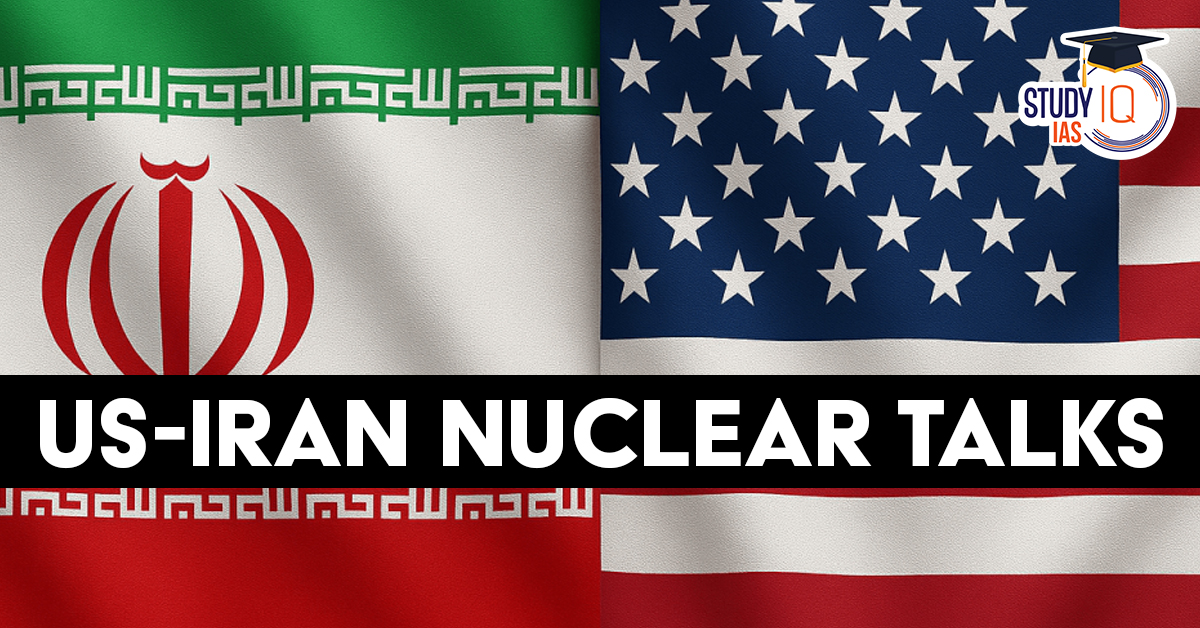
 India-Middle East-Europe Economic Corrid...
India-Middle East-Europe Economic Corrid...
 EU Plans to Slash General Data Protectio...
EU Plans to Slash General Data Protectio...
 India-China Relations, Evolution, Areas ...
India-China Relations, Evolution, Areas ...
